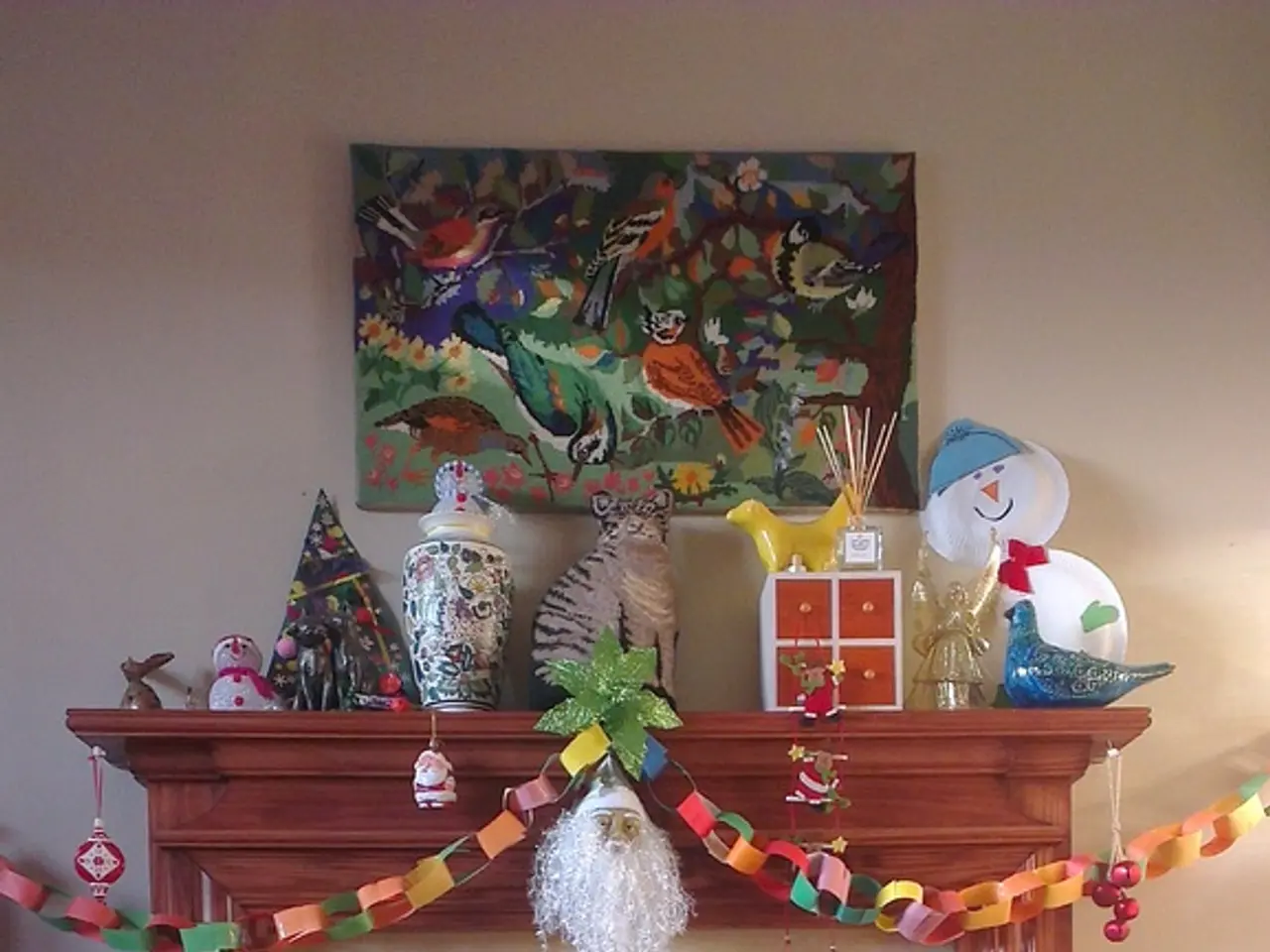Methods for multiplying strawberries using their stolons (runners)
Propagating strawberries from runners is a simple and effective way to grow more plants and ensure a plentiful crop in future years. Monty Don guides this process through a short video clip.
- Identify the Runners
The first step is to identify the runners, also known as stolons, which are long, wiry stems growing from the main strawberry plant. These stems bear "daughter plants" at their tips with small leaves and root bumps.
- Choose the Right Daughter Plants
Select daughter plants that have at least two trifoliate leaves (sets of three leaflets) and visible root bumps. These indicate readiness for propagation.
- Prepare for Planting
There are two methods for preparing the daughter plants for planting:
- Cut the runner 2.5–4 inches (6–10 cm) long, including about 0.5 inch (1.3 cm) of the runner stem, and plant the tip in pots or cell trays with moist, soil-free potting mix.
- Alternatively, place the daughter plant on top of a small pot filled with sandy loam soil without severing the runner. Secure it lightly so it stays in contact with the soil.
- Rooting Stage
Keep the soil moist and cover the pots with a plastic dome or mist frequently to maintain humidity. Rooting usually takes 5–10 days. If the runner tips were cut, plant them within 24 hours to ensure vitality.
- Separating and Transplanting
Once the daughter plants have established roots, sever the runner connection from the mother plant and start fertilizing with a balanced fertilizer like 10-10-10 every other week for strong growth.
- Care of New Plants
After rooting and separation, gradually acclimate the new plants to outdoor conditions before transplanting them into garden beds or larger containers to continue growing and eventually produce fruit.
This propagation method is effective for June-bearing, summer-bearing, day-neutral, and everbearing strawberries, whether grown in raised beds, containers, or hanging baskets.
It is essential to monitor the new plants for signs of disease or pests and take appropriate action if necessary. Additionally, avoid exposing the new plant to extreme temperatures or direct sunlight until it has established itself. Clear away all the straw or matting to discourage slugs and snails from nibbling at the plants.
The new plants can be used to create a new strawberry bed or strawberry planter, ensuring a plentiful crop in future years. Place the new plants in a warm, sunny location for optimal growth, and water them regularly to ensure they receive enough moisture for healthy growth. The article also mentions that it is a good time to carry out these activities due to the strawberries having finished fruiting.
References:
[1] Monty Don, "Growing Strawberries from Runners," BBC Gardeners' World, https://www.bbc.co.uk/gardening/howto/growing-strawberries-from-runners
[2] "How to Propagate Strawberries from Runner Plants," Garden Myths, https://www.gardenmyths.com/how-to-propagate-strawberries-from-runner-plants/
[3] "How to Propagate Strawberries," The Spruce, https://www.thespruce.com/how-to-propagate-strawberries-3122041
[4] "Propagating Strawberries," The Royal Horticultural Society, https://www.rhs.org.uk/advice/profile?pid=319
- To fill your home-and-garden and ensure a continuous supply of strawberries, consider propagating new plants using runners from your existing strawberry plants.
- Transform your home lifestyle by creating a picturesque home-and-garden, complete with thriving strawberries, through the process of growing new plants from strawberry runners.




